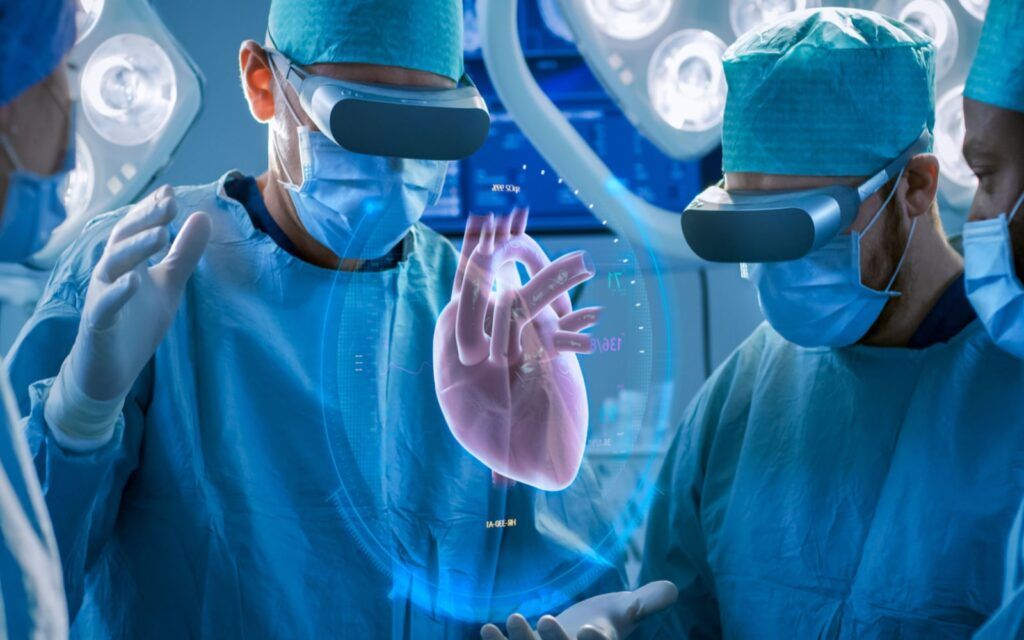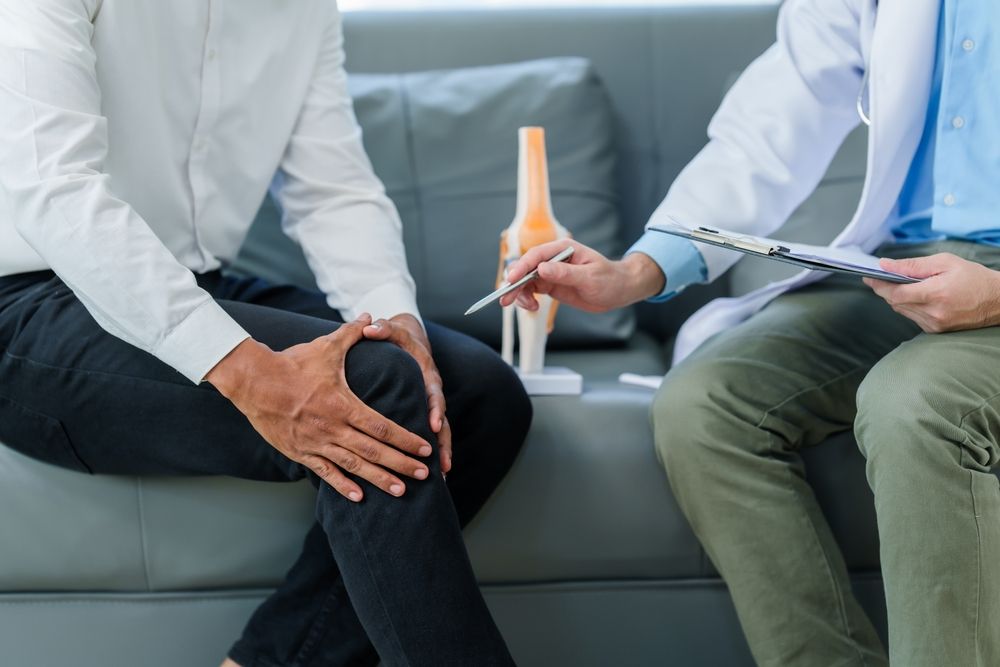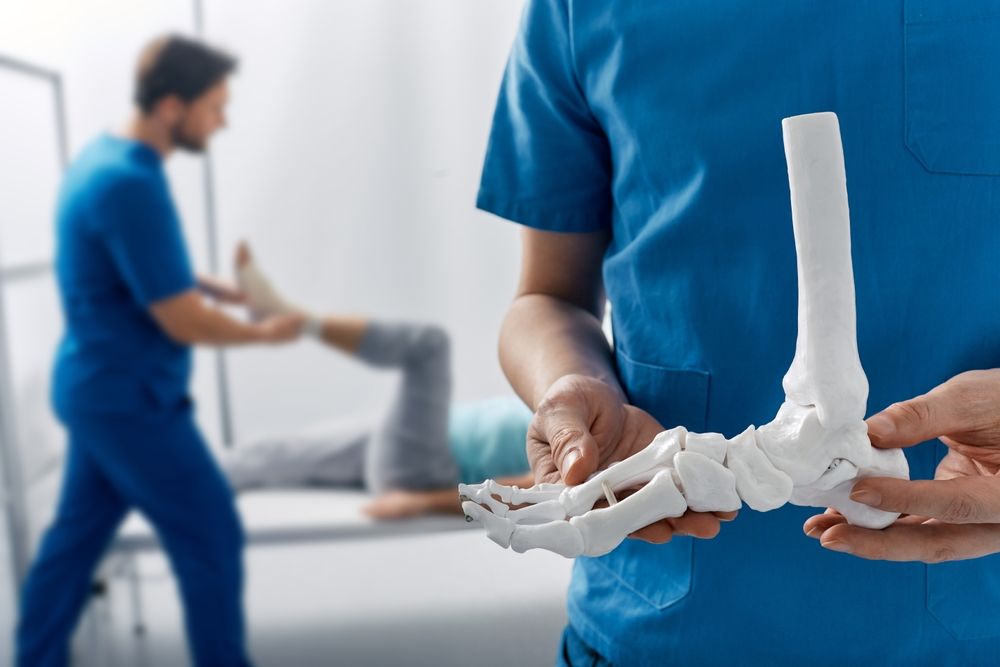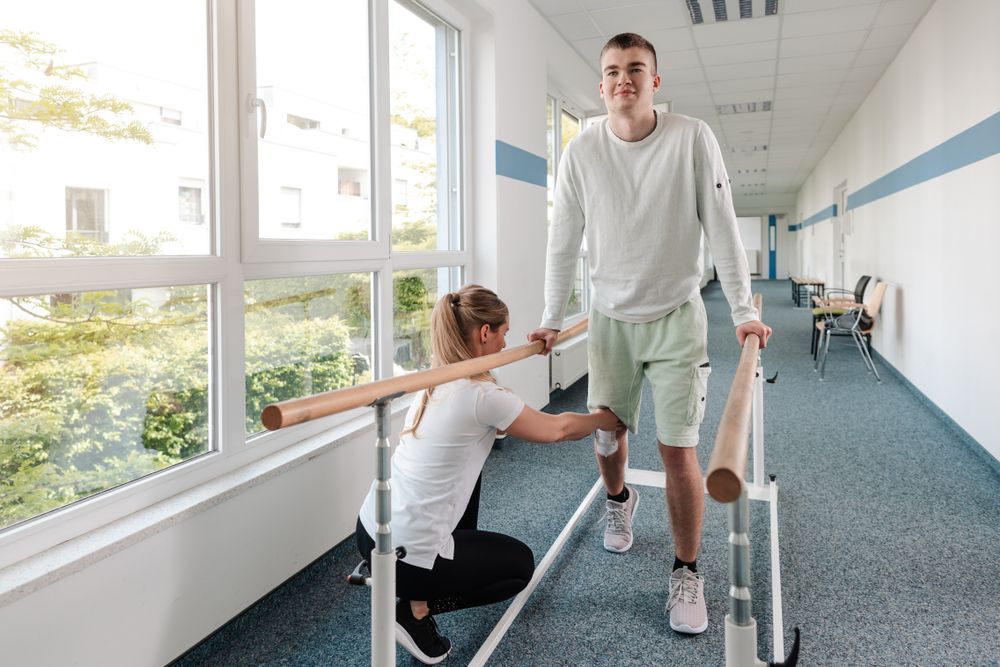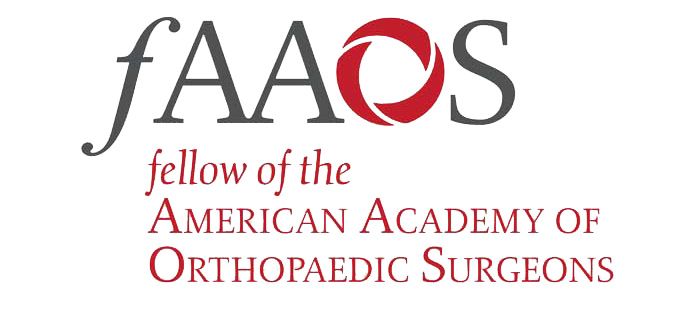Augmented and Virtual Reality (AR & VR, Respectively) have become increasingly prevalent in our day-to-day lives. While virtual Reality used to be solely the province of science fiction, it has become an easily available experience to many. Augmented Reality is a new concept born out of a hybridizing of Reality and virtual settings, such as in games like Pokémon GO. However, this technology has been seeing increasing application in areas beyond those of mere entertainment. They’ve seen increasing utilization in the medical industry. We’re going to explore this phenomenon.
How AR And VR Are Influencing Medical Education
One of the most intimidating aspects of medical education (after organic chemistry) is the need to practice medicine in high-stress situations. During a physician’s education, they have to go through a residency. This residency can include working in high-stakes environments such as a trauma ward. Previous to the introduction of AR and VR technology, there was no way to practice this experience before doing it for real. You had to learn on the job, at the moment, with real lives at stake.
VR technology is making it possible for medical students to experience virtual examples of these environments. This is accomplished using highly advanced software that mirrors these environments and performing procedures in high-stress environments. This ensures they’ll have some practical virtual experience before hitting the floor with living patients.
Other applications of this technology include:
- Preparing For Complex Surgeries – These technologies allow the surgeon to familiarize themselves with complex systems within the body before performing a procedure. They can explore these areas in a virtual environment and practice the surgery before performing it. They can even explore “inside” the patient using virtual environments created from scans of the patient’s body.
- Changed Perspective – These same technologies are being utilized to give practitioners a patient’s eye view of treatment. One area of medical practice that can be difficult to teach is a good bedside manner and empathy. By putting the practitioner in the patient’s virtual shoes, they can develop these abilities from a place of real understanding.
AR and VR technologies continue to advance with every passing year. The quality of the simulation and the experience they can provide improves with every iteration. There will come a time when doctors leave medical school having performed hundreds of virtual surgeries that perfectly mimic the human experience. This means better care, bedside manners, and health for everyone.
Speak To Your Physician About VR/AR Use In Their Clinic
Many clinics are using these technologies to improve their quality of care. Speak to your physician about their experience with VR and AR and how they use them to improve the care they deliver. These technologies are bringing a greater understanding of medical practices, patient experiences, and the challenges of quality care. We can’t wait to see what new technologies the coming years bring and how practitioners can use them to improve the patient experience.

